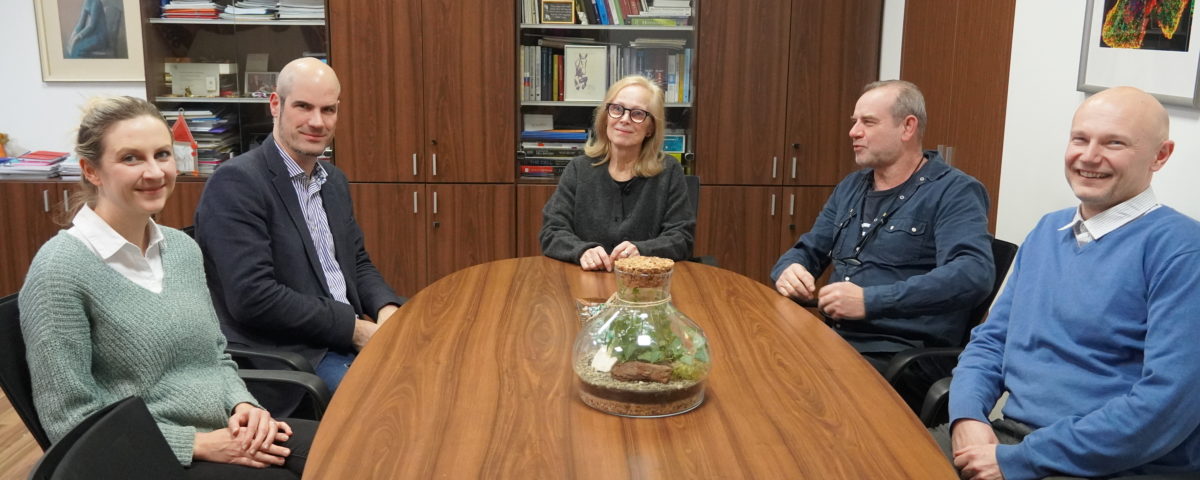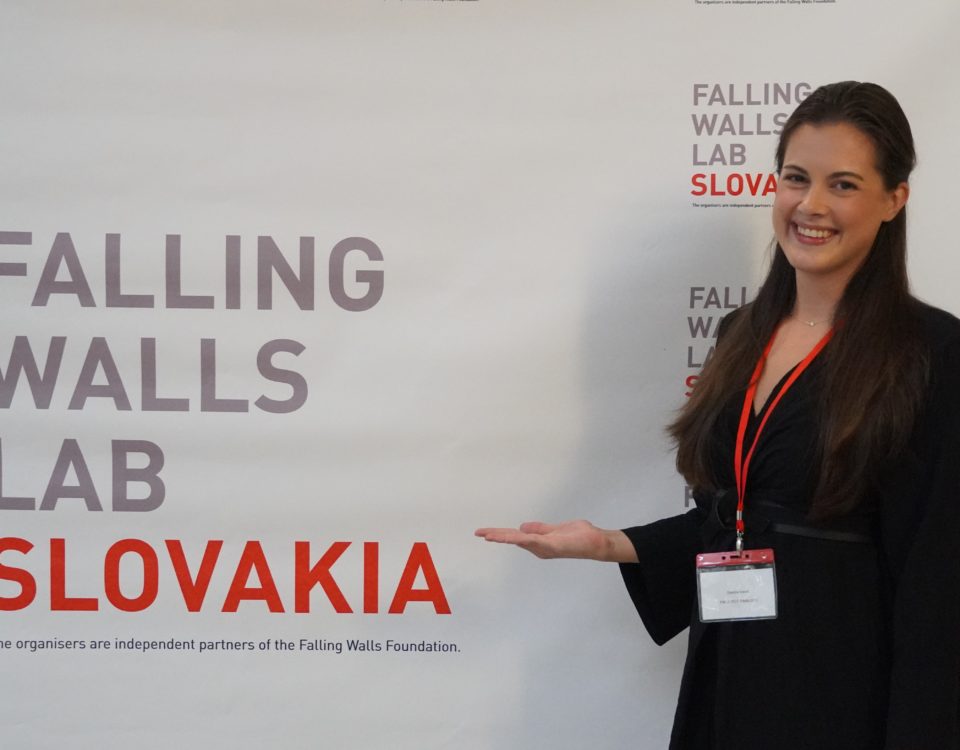This website uses cookies so that we can provide you with the best user experience possible. Cookie information is stored in your browser and performs functions such as recognising you when you return to our website and helping our team to understand which sections of the website you find most interesting and useful.
We held talks with the coordinators of the international ZOE project

Discussion with ZOE project coordinators, from left prof. Nadja Kabisch from Leibniz Universität Hannover, prof. Jan Felix Drexler from Charité - Universitätsmedizin Berlin, Director General of BMC SAS prof. Silvia Pastoreková, Dr. Juraj Kopáček, Director of the Institute of Virology of BMC SAS, and Dr. Boris Klempa, responsible for the project in BMC SAS.
The coordinators of the international scientific project ZOE focused on zoonotic infectious diseases, in which Slovakia and the Biomedical Research Center of the Slovak Academy of Sciences, v. v. i. (BMC SAS) plays a key role, visited our center on January 17, 2025. The aim of the visit of prof. Jan Felix Drexler from Charité – Universitätsmedizin Berlin and prof. Nadja Kabisch from Leibniz Universität Hannover, was to plan a project meeting in Bratislava and to agree on the further scientific direction of the project.
The international research consortium ZOE, which involves 16 scientific institutions from 11 countries in Europe and the Americas, aims to contribute to the early identification of the increased risk of emerging zoonoses – infectious diseases transmitted by animals. The consortium, which is part of an EU project entitled “Emergence of zoonoses across degraded and restored forest ecosystems (ZOE)”, is led by Charité – Universitätsmedizin Berlin, Germany. In it, scientists are seeking to answer the question: “How large is the impact of land-use change and biodiversity loss on the transmission of pathogens between animals and humans?”
Slovakia has a very important role to play in the project, as it is one of only four countries where field research will also be carried out. The field trips, in which we will investigate the prevalence of bacteria and viruses in rodents, ticks and mosquitoes, are planned for two years and will start this spring in western Slovakia.
“At the meeting, we jointly prepared the agenda for the upcoming project meeting to be held in May here in Bratislava, went through the methodology of the planned field research in detail and also visited one of the selected sites,” says Dr. Boris Klempa, who is the project’s Principal Investigator for the BMC SAS.
The ZOE consortium is composed of experts from diverse fields: virology, geography, epidemiology, geobotany, ecology, immunology, sociology, psychology, anthropology, as well as popularisation of scientific knowledge. In the framework of this project, they plan to assess in detail the biodiversity in forested areas that have been subjected to different types of human interventions. To this end, they will study native forests as well as degraded and reforested areas in Guatemala, Costa Rica, Slovenia and Slovakia.
Zoonotic infectious diseases occur where human and animal habitats overlap, for example in industrial agriculture or wildlife trade, or when people consume wild animals. The same process occurs in areas where people interfere with natural ecosystems, either when they come into contact with wild animals or when their interference disrupts the health of the ecosystem.
Text and photo: E. Rybárová, BMC SAS








